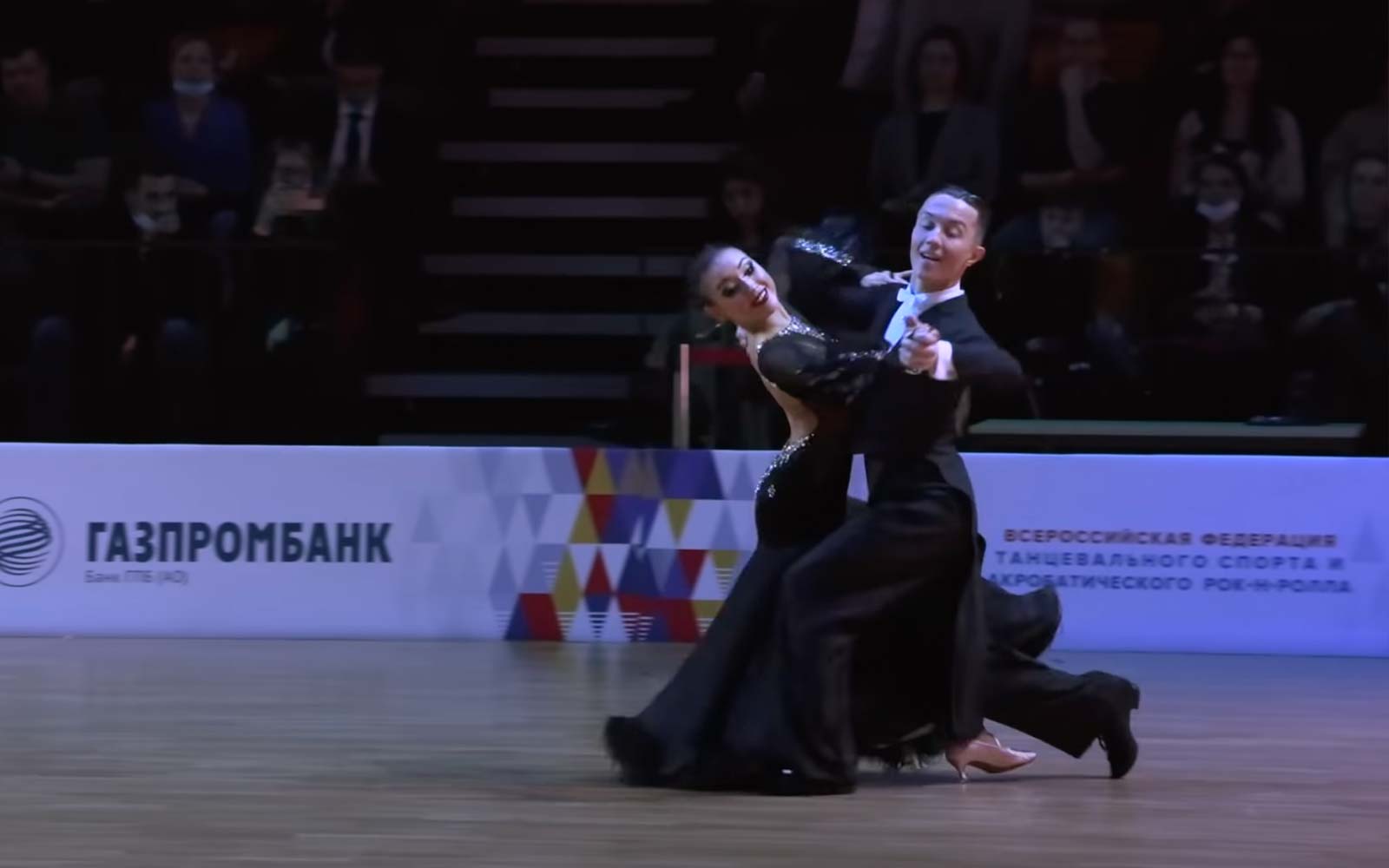For a number of years, dance teachers around the world were dismayed by a growing desire among competitive dancers to turn ballroom dancing into a human-powered Formula 1 race. Almost every dance became a contest to see how fast you could get around the floor, or how many circuits you could do before the music ended. Thankfully, that seems to be changing.
For almost two years, I couldn’t even watch some ballroom competitions because seeing Slow Foxtrot danced like a Quickstep was so uncomfortable — like fingernails on a chalkboard. Some couples didn’t even seem to know that there was such a thing as “slow” in dancing! Their entire choreography consisted of “quick” and syncopated movements. Where’s the dancing in that?
I’ve been quite pleased to see in more recent competitions a return to the appreciation of musicality in ballroom dancing.
Some couples are really demonstrating a depth of understanding in this area. For example, as my old coach Denis Tremblay pointed out recently, Latin champions Marius-Andrei Balan & Khrystina Moshenska start their Samba on beat 5 of the intro phrase to hit beat 1 of the first musical bar of the first phrase of the song. It’s brilliantly done and surprisingly hard in competition to be that ready to optimize the use of musicality. Throughout this dance and others they illustrate this mastery of the use of music.
Why musicality?
Some dancers have trouble understanding why musicality is so important. Understanding the use of music is, beyond obvious things like posture, the most important aspect of any dance.
That’s because dance is essentially art created by the human body as movement done in relation to music. Thus, the highest form of artistic interpretation must be through musicality. This is amplified in ballroom dancing because now you have two people working together to tell the story. They have to be on the same page musically. In general, the lady reflects the rhythm of the dance while the gentleman defines how the music is interpreted through power, speed and other aspects of movement. But central to all of this is a need to know and feel the music.
A judge once said to me, “if a couple isn’t hearing the music, I have nothing to judge.” That’s not only true from a technical point of view, because steps are done in relation to the timing of beats, but musicality creates emotional connection between the movement on the floor and the music that’s playing. It is critical to a dance worthy of praise!
I’m also impressed that we are seeing couples in high-level championship competition being required to do routines to very basic figures. Russia appears to have begun this trend a couple years ago and now I’m seeing it in other parts of the world. This approach, by removing the element of unusual choreography, empowers the couples to think about their musicality and how it shapes beautiful dancing.
Below is an example of the top amateur Russian couples dancing Slow Foxtrot using only basic figures from the syllabus book. Foxtrot music is phrased in groups of 8 beats that rise continuously for 4 of these phrases before starting again. When choreography is sensitive to this phrasing it is delightful to watch. I was particularly impressed by the musicality expressed by Ivan Varfolomeev and Yana Masharova. Beautiful use of the musical phrasing. Alexey Bredikhin and Daria Bredikhina also stood out to me, as did some others. In contrast, some couples didn’t really apply the potential for genuine musical interpretation and misapplied the use of it, limiting the impact of their dance. Take a look for yourself.














